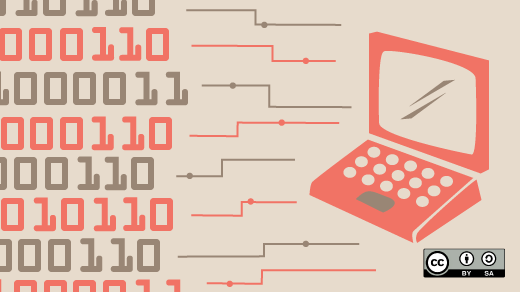The physical ports on your computer allow communicate with peripheral devices such as your keyboard and mouse and to connect with internet devices via Ethernet cables.
Witin computer networking, ports serve a similar purpose. When a computer system seeks to connect to another computer, the port serves as a communication endpoint. It is also possible for different services running on the same computer to expose various ports and communicate with one another using these ports. In simple terms, if a software application or service needs to communicate with others, it will expose a port. Ports are identified with positive 16-bit unsigned integers, ranging from 0 to 65535. Other services use this port number to communicate with the service or app. Port numbers are divided into three ranges: well-known ports, registered ports, and dynamic or private ports.
Well-known ports (also known as system ports) are numbered from 0 through 1023. For example, to connect to the host example.com via SSH, I would use this command:
ssh username@example.com -vIn this example, -v stands for verbose, and you should see output similar to this:
debug1: Connecting to example.com [<IP Addr>] port 22As shown, SSH is trying to connect to example.com using port number 22. You may use the -p option to specify another port number; otherwise, SSH will default to 22.
The Internet Assigned Numbers Authority (IANA) has assigned port numbers to commonly used services like SSH, FTP, HTTP, HTTPS, and others. Here are some of the most common ones:
|
Port Number |
Usage |
|
20 |
File Transfer Protocol (FTP) Data Transfer |
|
21 |
File Transfer Protocol (FTP) Command Control |
|
22 |
Secure Shell (SSH) |
|
23 |
Telnet - Remote login service, unencrypted text messages |
|
25 |
Simple Mail Transfer Protocol (SMTP) E-mail Routing |
|
53 |
Domain Name System (DNS) service |
|
80 |
Hypertext Transfer Protocol (HTTP) used in World Wide Web |
|
110 |
Post Office Protocol (POP3) used by e-mail clients to retrieve e-mail from a server |
|
119 |
Network News Transfer Protocol (NNTP) |
|
123 |
Network Time Protocol (NTP) |
|
143 |
Internet Message Access Protocol (IMAP) Management of Digital Mail |
|
161 |
Simple Network Management Protocol (SNMP) |
|
194 |
Internet Relay Chat (IRC) |
|
443 |
HTTP Secure (HTTPS) HTTP over TLS/SSL |
In my work, I most commonly come across ports 80, 443, 20, 21, 22, 23, 25, and 53. Knowing these ports can help you work more efficiently.
What ports do you use the most, and why?









4 Comments